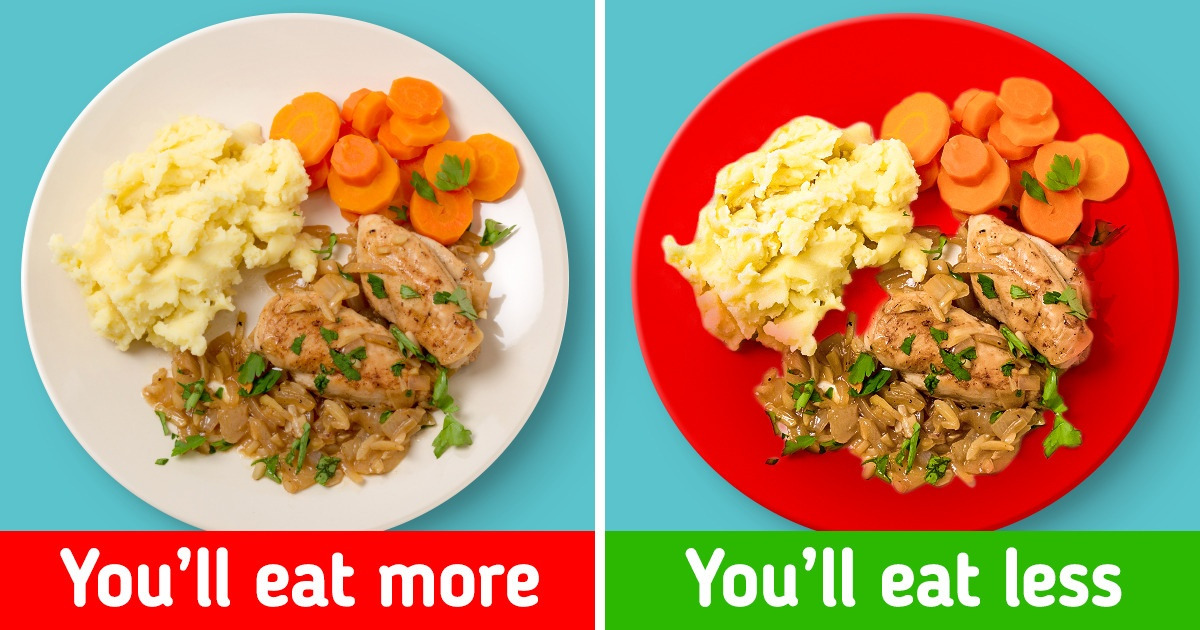
How the Color of Dishes Affects Your Appetite
Everyone knows the saying, “You are what you eat.” But we should control not only what we eat, but also, from what we eat. It turns out that the color of our dishes can affect our appetite.
5-Minute Crafts made an article to help you find out how the colors of dishes can affect your appetite.
Most people decide to eat when they are in the right mood, without actually being hungry.
Hunger is an instinct that helps us survive by telling us that our body needs nutrients. But the appetite is often influenced by various emotions. A person can eat for pleasure and even out of boredom. The desire to grab a bite arises due to many factors, and one of them is the color of the dishes from which we eat.
Restaurateurs have long used certain shades in their interiors so that guests place more orders. But let’s focus on dishes.
The colors that reduce appetite
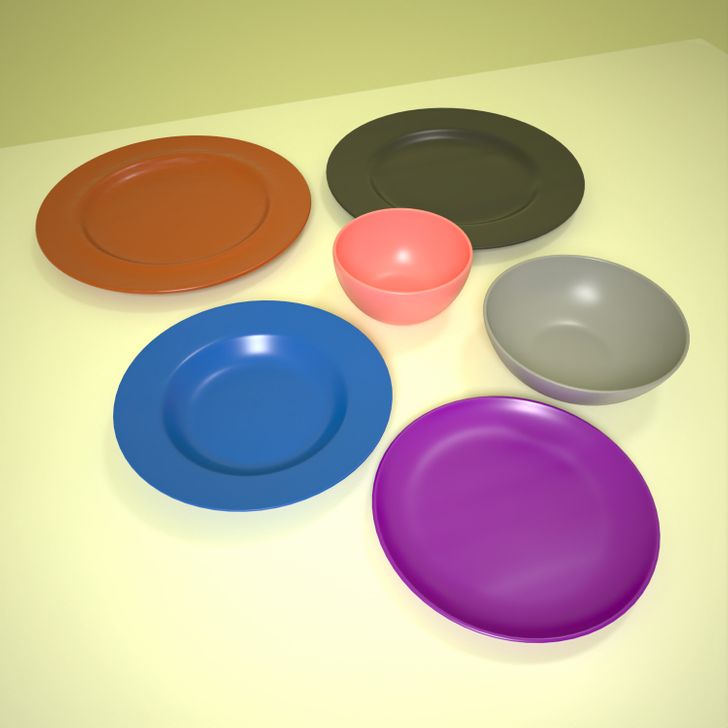
The color blue calms and soothes, and it also suppresses the appetite. If you eat from blue dishes, you will probably do it more deliberately and eat only as much as you need to satisfy your hunger.
Black, gray, and brown colors also refer to colors that reduce the appetite. Many people associate them with ashes and burned food. Therefore, food on plates of such shades seems unappetizing.
The color purple on the table is associated with eggplant or red onion. Not everyone likes these foods, therefore, such dishes can suppress the appetite.
The pink color of the dishes can also reduce your appetite. The fact is, people often associate it with something artificial, which is why food against a pink background doesn’t seem too appealing.
The colors that can increase your hunger
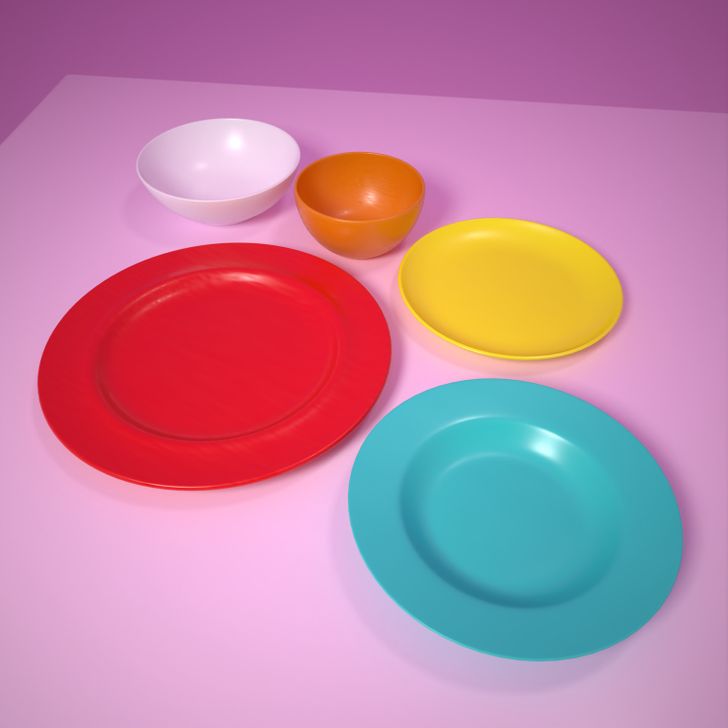
The color red is the most “appetizing” color, and everyone has likely noticed that many restaurants use it in their interior. This color can not only increase hunger but also contribute to overeating. Therefore, you should be careful with red dishes.
We associate yellow and turquoise with happiness and comfort. But apart from that, they increase one’s appetite. The use of dishes containing these shades is recommended for reluctant eaters.
The color orange has an invigorating effect on a person and stimulates their mental activity. Many people associate this color with juicy citrus, and it makes you want to eat.
The color white stimulates appetite. The plates of this color are traditional in many restaurants for a reason. Food against a white background looks bright and contrasting. Food also tastes sweeter when served on white.
The contradictory color green
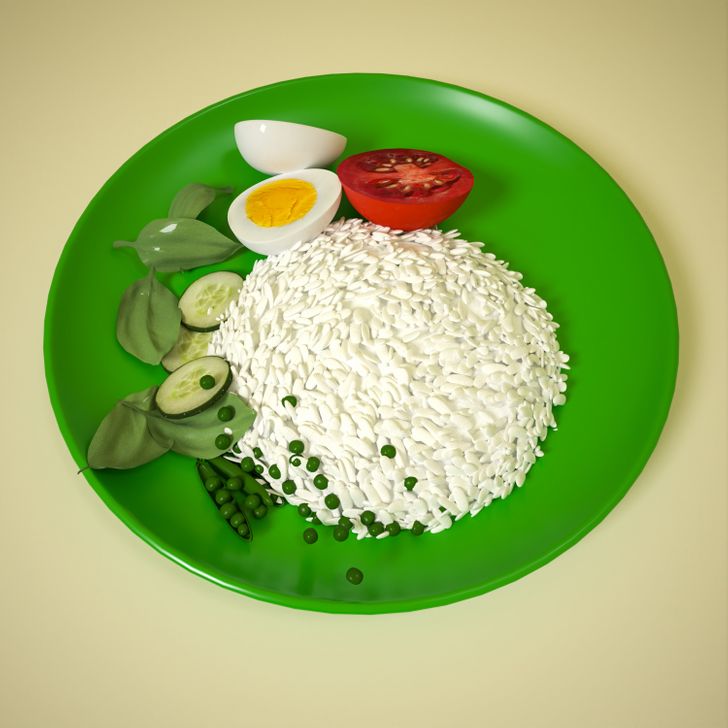
Green dishes encourage mindful eating. The fact is that many people associate this color with nature and health. That is why shades of green are so actively used in the interiors of shops and cafes selling organic or healthy foods.
On the one hand, green dishes increase the appetite, on the other, they encourage you to choose healthier foods.
The “ketchup and mustard” theory
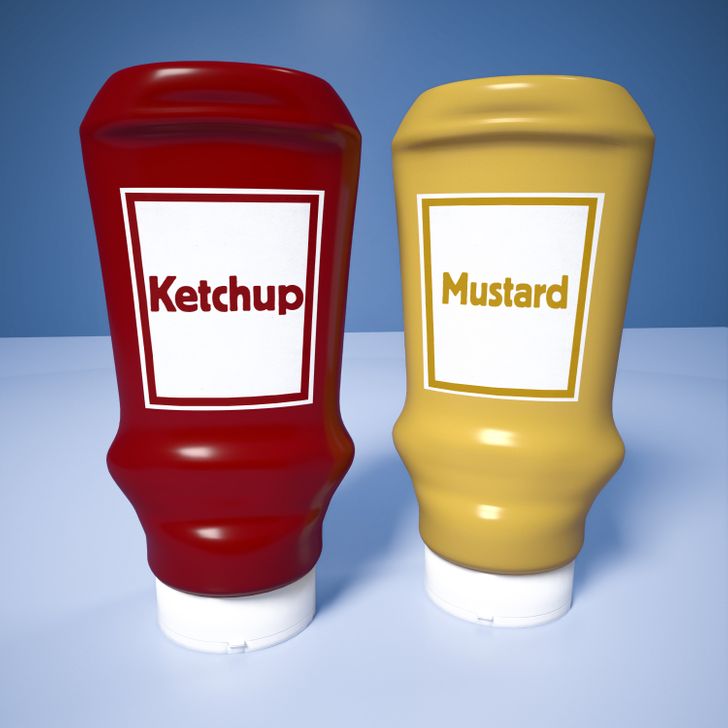
Marketers often combine red and yellow colors in restaurants and store logos and signs. This technique is called the “ketchup and mustard” theory. The color red awakens the feeling of hunger, and the color yellow excites us even more. Therefore, if you want to increase your appetite, you can safely use dishes of these colors.
The importance of contrast
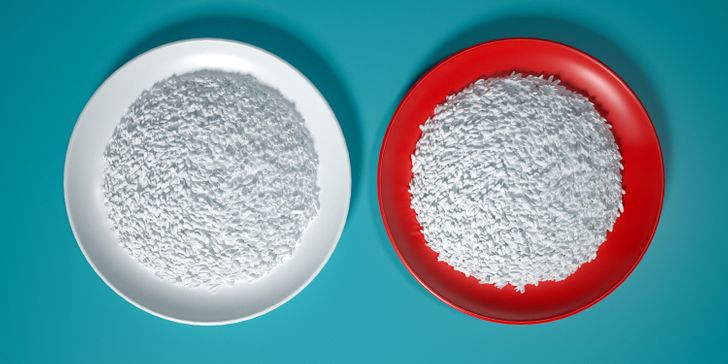
Not only do the colors of dishes affect our appetite, but also the contrast between the colors of the plate and the food.
If the contrast is little, people tend to put more food on the plate because it’s difficult to assess the actual amount of food on the plate if the colors are similar.
Did you notice that you can eat more from the dishes of a certain color?